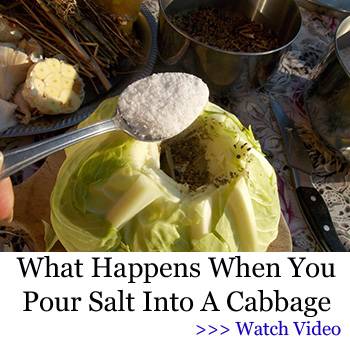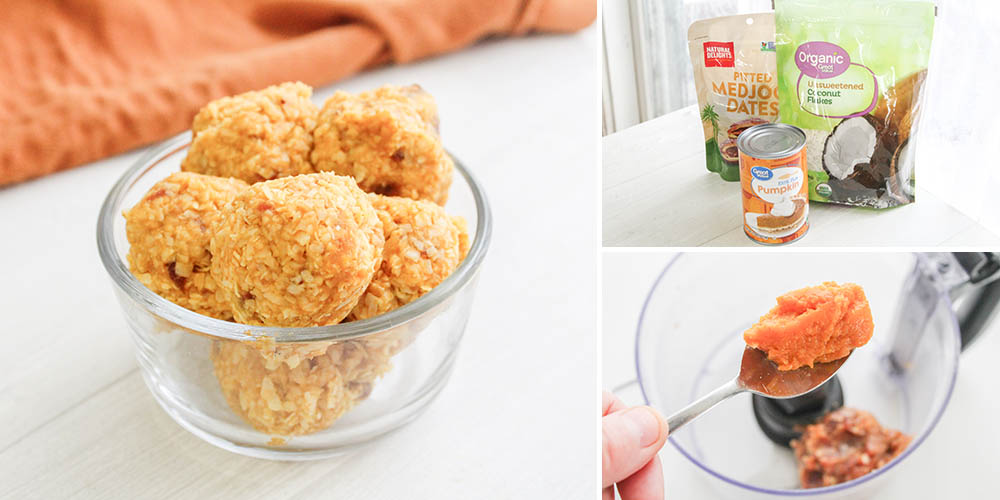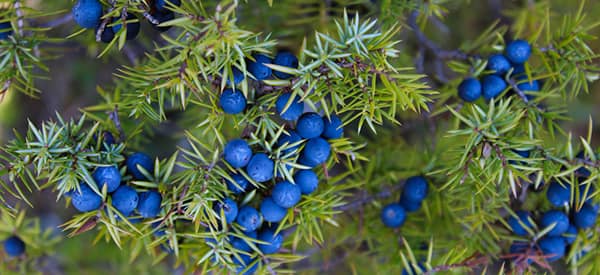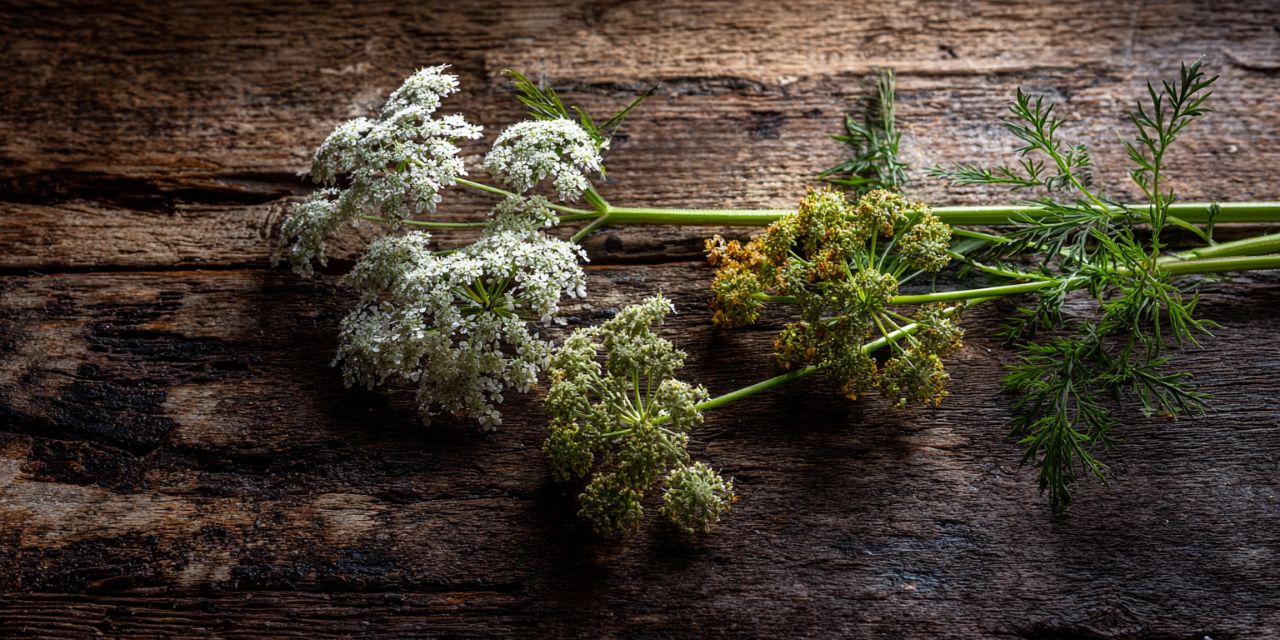
Hemlock vs Wild Carrot: A Life-Saving Guide
Confusing two plants can sometimes be inconvenient, but in the case of hemlock and wild carrot, it can be deadly. Both belong to the Apiaceae family, share umbrella-shaped clusters of small white flowers, and grow in similar habitats. Yet one nourishes and heals, while the other carries a poison strong enough to end a life within hours.
Understanding the differences between these plants is crucial for foragers, herbalists, and anyone who spends time outdoors. This knowledge isn’t only about safety—it’s about learning to read nature’s details, to recognize the subtle signs that distinguish remedy from risk.
 Hemlock Profile
Hemlock Profile
Poison hemlock (Conium maculatum) is one of the most toxic plants in North America and Europe. It has been infamous since ancient times, notably for the death of the philosopher Socrates. All parts of the plant contain alkaloids, particularly coniine, which disrupt the nervous system. Even small amounts can be fatal if ingested.
In Greek history, hemlock was not only a tool of execution but also part of ritual law. Those sentenced to death, like Socrates, were required to drink a preparation of hemlock, their lives ending in quiet paralysis. This grim role made hemlock a symbol of finality and a warning that nature holds both medicine and poison in its grasp.
Its rapid growth and ability to colonize disturbed areas make it especially dangerous because it often appears where people walk, gather, or forage. In fact, many accidental poisonings have occurred when people, unaware of its identity, picked hemlock for supposed herbal use or mistook it for an edible plant.
 Wild Carrot Profile
Wild Carrot Profile
Wild carrot (Daucus carota), also known as Queen Anne’s Lace, is the ancestor of the domesticated carrot we know today. Its roots are edible when young, though fibrous, and the seeds and leaves have been used traditionally for teas and remedies.
Folklore weaves wild carrot into gentler stories. In one tale, Queen Anne pricked her finger while embroidering lace, and a single drop of blood fell onto the flower—explaining the tiny purple “heart” often seen in the center of its bloom. This story not only distinguishes it from hemlock but also reflects the long relationship between people and this humble plant.
Because of its long-standing role in folk medicine, wild carrot has been associated with remedies for digestion, kidney support, and even women’s reproductive health. While modern science has yet to confirm all traditional claims, its safe presence in the wild makes it a fascinating plant for herbal study.
Key Differences: Hemlock vs Wild Carrot
| Feature | Hemlock (Conium maculatum) | Wild Carrot (Daucus carota) |
| Height | Up to 10 ft, robust | 1–3 ft, more delicate |
| Stem | Smooth, hollow, purple blotches | Hairy, green, no blotches |
| Leaves | Finely divided, fernlike | Lacy, carrot-like, hairy |
| Flowers | White umbels, uniform | White umbels, often with a tiny purple “heart” flower in the center |
| Smell | Musty, unpleasant, “mousy” | Carrot-like, aromatic |
| Root | White, unshaped, not edible | Thin, carrot-shaped, edible when young |
| Toxicity | Extremely poisonous | Safe, though fibrous and bitter in older plants |
This comparison shows how easy it is to be misled by similarities, especially when plants are young or growing in poor soil. Paying attention to several traits at once—stem, smell, flowers, and overall growth—can help prevent tragic mistakes. Foragers should carry reference photos or guides until they feel confident in identification.
Identification Tips
- Check the stem: Hemlock stems are smooth with purple blotches. Wild carrot stems are green and covered in fine hairs.
- Smell test: Crush a leaf—if it smells foul or musty, avoid it. Wild carrot will smell like carrot.
- Flower cluster: Look for the single dark red or purple flower in the center of wild carrot’s bloom, a common distinguishing trait.
In addition to these traits, location can provide clues. Hemlock prefers moist, shaded areas, often near rivers or ditches, while wild carrot thrives in drier meadows and along roadsides. Still, habitat alone should never be the deciding factor—always combine multiple identifiers before making a decision.
Why It Matters
Accidental ingestion of hemlock can cause respiratory failure, paralysis, and death. Even handling it without gloves may cause skin irritation in sensitive individuals. Foragers should always err on the side of caution—if you’re not absolutely certain of identification, do not harvest.
Beyond foraging, understanding this difference is important for anyone gardening or managing land. Hemlock can spread aggressively, displacing native plants and creating hidden risks for pets, livestock, and children. Proper removal, with protective clothing, is necessary to reduce danger.
Foraging Safety Tips
- Learn from experts: If possible, walk with an experienced forager who can point out these plants in real life. Books and photos are helpful, but hands-on learning is best.
- Use all your senses: Smell, touch (with gloves if unsure), and observe carefully. A single trait is never enough for a positive ID.
- Harvest cautiously: If you feel even a moment of uncertainty, leave the plant behind. No food or remedy is worth the risk of a misidentification.
- Keep notes: Document where you find plants, the time of year, and their growth stage. This practice will sharpen your recognition skills over time.
Building these habits ensures that foraging remains both rewarding and safe. Nature offers much to those who approach it with patience and respect.
Final Thoughts
Nature offers abundance, but it also demands respect. Hemlock and wild carrot stand as one of the most critical lessons for any herbalist: never assume based on appearance alone. Take the time to learn, observe, and cross-check with multiple traits before harvesting.
Ultimately, patience and humility are a forager’s best allies. It is better to pass by a plant you cannot identify with certainty than to risk poisoning. With careful study, the gift of wild carrot can be safely appreciated, while the menace of hemlock is wisely avoided.
A Helpful Resource
If you’d like to deepen your knowledge of safe plant identification and practical home remedies, The Forgotten Home Apothecary is a valuable guide. It brings together trusted herbal wisdom, clear instructions, and time-tested recipes that empower you to use nature with confidence—while avoiding dangerous mistakes like confusing hemlock with wild carrot.
You May Also Like:
Don’t Throw Away Carrot Peels, Do This Instead!
How to Recognize a Heart Attack and What to Do Next (Video)
How to Tell the Difference Between Yarrow and the Poisonous Hemlock
How To Safely Remove Poison Ivy And Hemlock From Your Backyard
10 Medicinal Plants People Confuse With Their Poisonous Look-Alikes

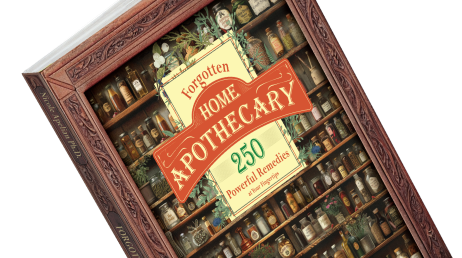






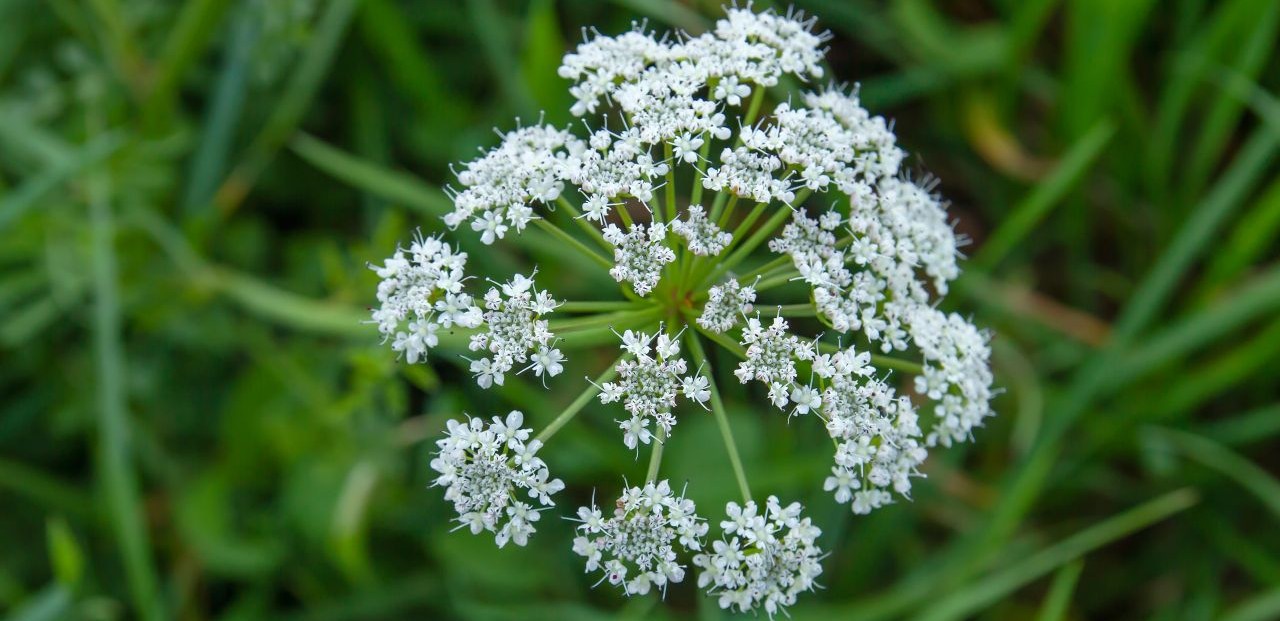 Hemlock Profile
Hemlock Profile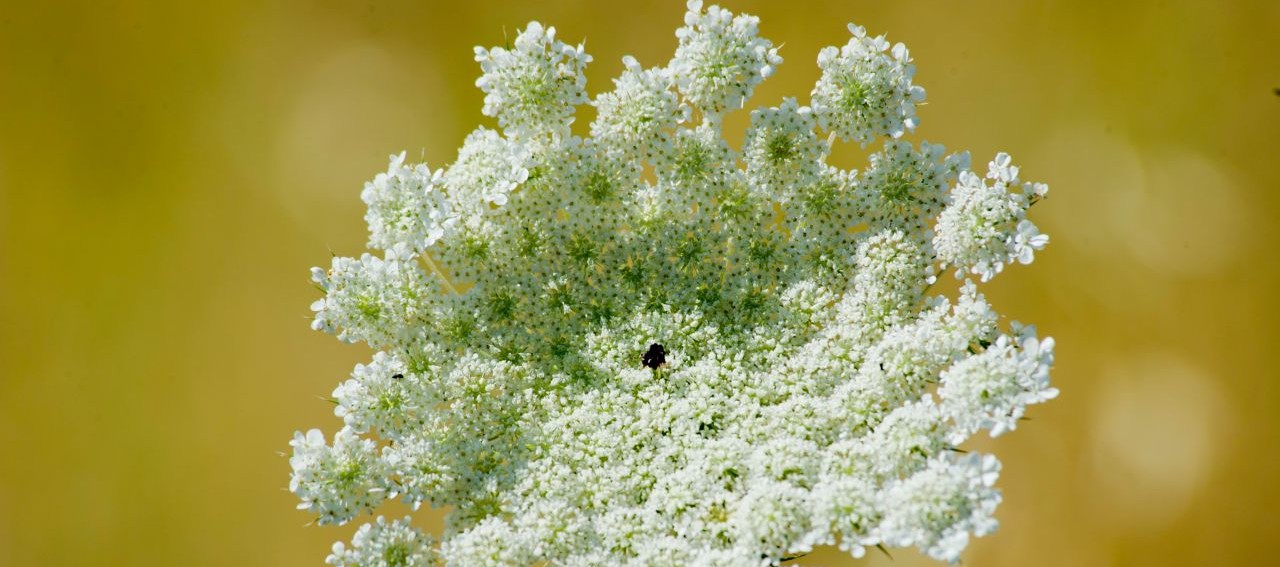 Wild Carrot Profile
Wild Carrot Profile